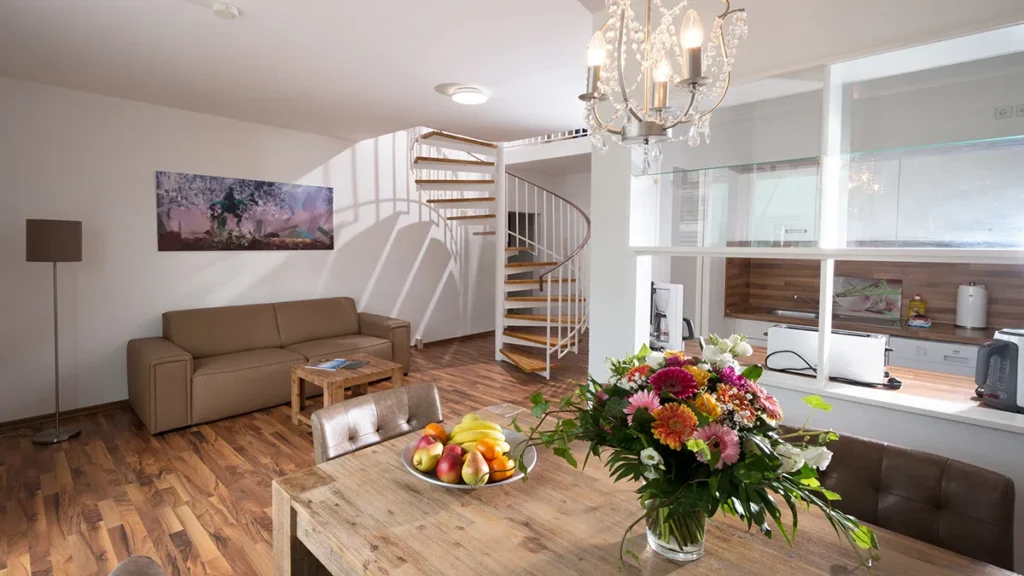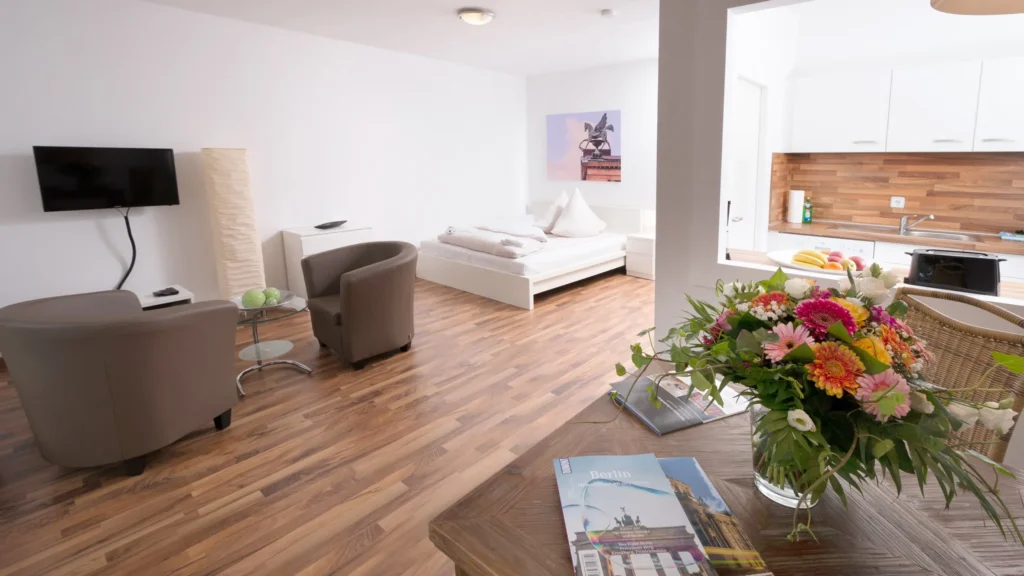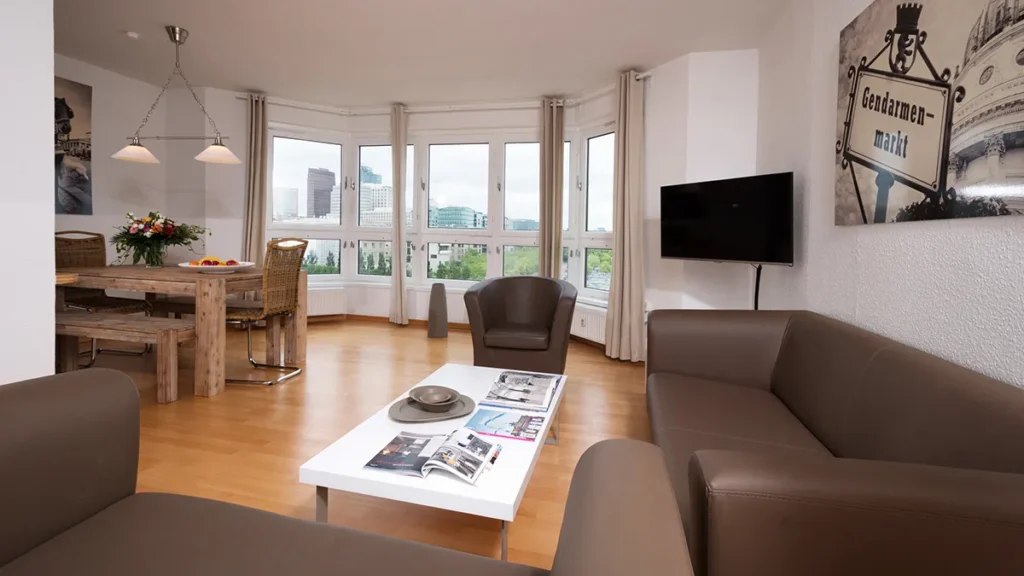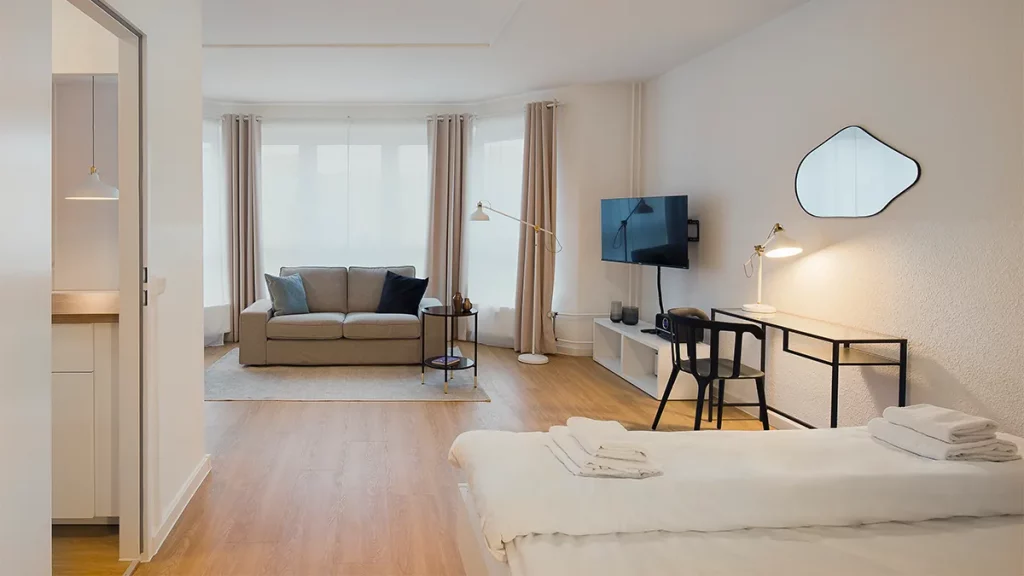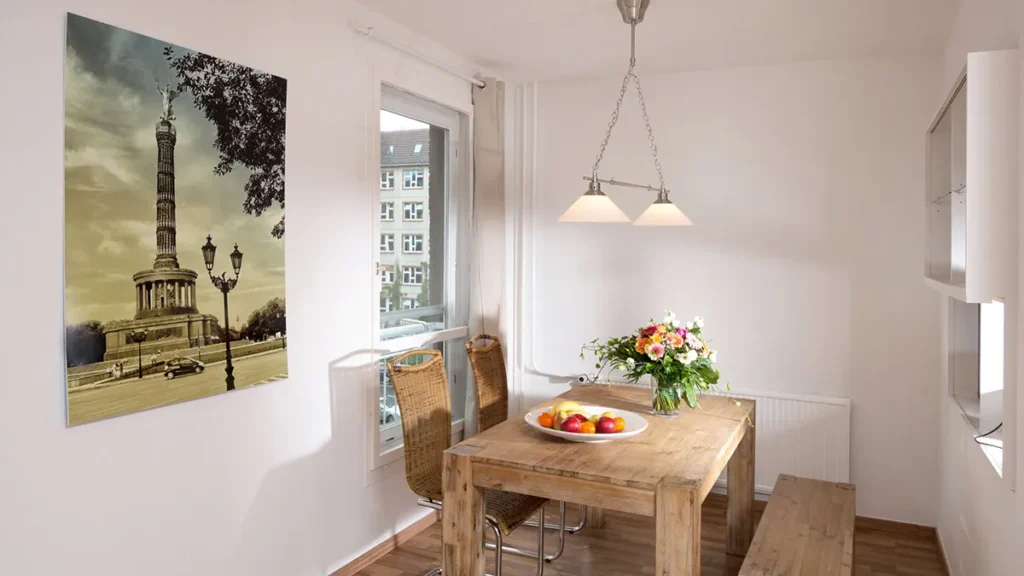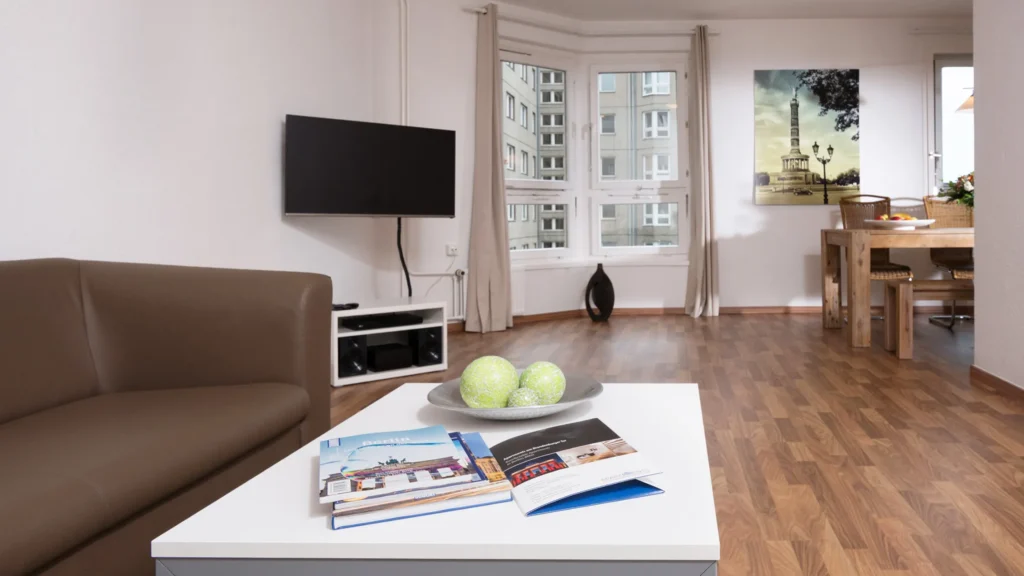Nowadays, the Lustgarten (which translates as ‘pleasure garden’) doesn’t immediately conjure up thoughts of romance, love and lust. The green spaces in front of the Altes Museum (home to a collection of antiquities) look rather empty and barren – and yet the Lustgarten is steeped in more history than almost anywhere else in the city. Though it now features just a few lawns and a couple of paths, that wasn’t always the case: in 1646, when the area was part of the royal kitchen garden, it was planted as a bona fide pleasure garden in the Dutch style, with flower beds, a herb garden and an orangery. In fact, Berlin’s first potatoes were grown in this garden. The park (which was then also accessible to the public) was home to numerous statues, pavilions, fountains and summerhouses, making it one of the most popular spots in the city.
However, the Lustgarten was of little use to King Frederick William I (also known as the ‘soldier king’) in this form, so he had it turned into a parade ground for his soldiers. The flowerbeds and lawns had to make way for a dusty clay court, although this change was reversed in 1790. Then, the Lustgarten was once again used for its original purpose – taking walks and passing the time – and, in the 1830s, was given the striking granite bowl that remains there to this day. During the period, the Royal Museum was set up in the building that today houses the Altes Museum, with the granite bowl in front of the large open staircase intended to add visual appeal.
Like many prominently positioned squares and buildings, the Lustgarten suffered during World War Two and the partition of Germany. The Nazis paved over the square in 1934 and used it for their own troops. After the war, the area became part of the new Marx-Engels-Platz, and was used variously for parades, rallies and car parking. After Germany’s reunification, the area was renamed the ‘Lustgarten’ and turned into a park.
